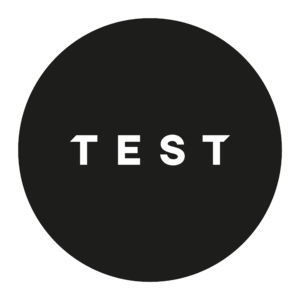Difference between revisions of "DF Definitions of Tracking Elements"
Jump to navigation
Jump to search
| Line 13: | Line 13: | ||
|Wire||The wire within the layer the hit is in.|| | |Wire||The wire within the layer the hit is in.|| | ||
|- | |- | ||
| − | |TDC||The Time-to-Digital Converter which processed the hit | + | |TDC||The Time-to-Digital Converter which processed the hit |
|} | |} | ||
| Line 21: | Line 21: | ||
|ID||The hit index in the Evio column. | |ID||The hit index in the Evio column. | ||
|- | |- | ||
| − | |Cell Size|||| | + | |Cell Size||The size of the wire cell. The wires are arranged in hexagonal cells, but different layers have different sizes of hexagons.|| |
|- | |- | ||
| − | |Doca Error|| | + | |Doca Error||Uncertainty in the distance of closest approach time. |
|} | |} | ||
Revision as of 17:49, 24 May 2018
Below are definitions of the structures used in the clas12 dc reconstructions.
Hits
Hit.java
The basic building block of the other structures used in the reconstruction, Hits are simply a representation of a drift chamber wire interaction. It stores all of the relevant information for identifying a wire:
| Sector | Which of the six radial sectors the hit is in. | |
| Superlayer | Which of the six superlayers the hit is in. | |
| Layer | Which of the six wire plane layers within the superlayer the hit is in. | |
| Wire | The wire within the layer the hit is in. | |
| TDC | The Time-to-Digital Converter which processed the hit |
And some information about the interaction itself:
| ID | The hit index in the Evio column. | |
| Cell Size | The size of the wire cell. The wires are arranged in hexagonal cells, but different layers have different sizes of hexagons. | |
| Doca Error | Uncertainty in the distance of closest approach time. |
- Id
- cellSize
- DocaErr
